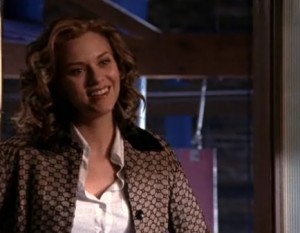Muted Group Theory
In Cheris Kramarae’s muted group theory a muted group is defined as, “people belonging to low-power groups groups who must change their language when communicating publicly, thus, their ideas are often overlooked.” In this theory the low-power groups he is referring to is women. Women are always seen as being lower than men in various aspects of life.
Sexual harassment is “an unwanted imposition of sexual requirements in the context of a relationship of unequal power.” In most cases women are the ones being accused of this act happening to them. Normally a person who holds a position of high power are either sexually embarrassing, humiliating, or traumatizing a person who holds a lower position.
This reminds me of a scene from the TV series, One Tree Hill, when Peyton Sawyer works for a high end record label. The owner of the label is a man who doesn’t treat Peyton in a very nice way. He is always putting her down and making her do the dirty work. Peytons biggest aspiration is to be an owner of a record label and wishes she could get into the huge meeting thats about to take place which could make it all come true. She is told that the only way she is allowed to set foot into the meeting is to “drop a couple buttons on her shirt.” She is appalled by this statement and feels sexually harassed by her male boss. If Peyton had been a male, this definitely would not have happened.







